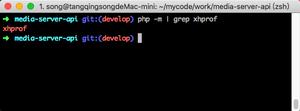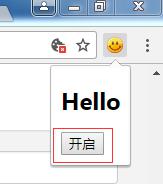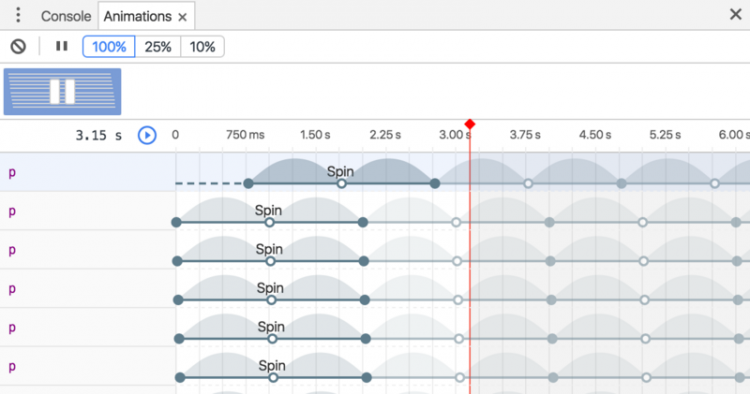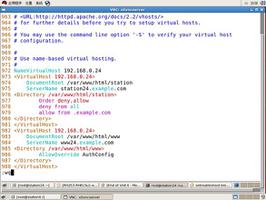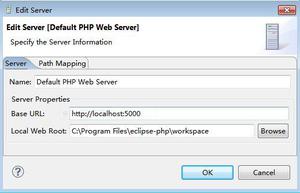从Chrome扩展程序获取当前页面的源HTML
我有一个Chrome扩展程序。我需要从当前页面的HTML源进行分析。我在这里找到了各种带有背景页面和内容脚本的解决方案,但没有一个对我有帮助。这是我到目前为止所拥有的:
manifest.json:
{ "name": "Extension",
"version": "1.0",
"description": "Extension",
"browser_action": {
"default_icon": "bmarkred.ico",
"popup": "Test.html"
},
"content_scripts": [
{
"matches": ["http://*/*"],
"js": ["content.js"]
}
],
"background": {
"page": "backgroundPage.html"
},
"permissions": [
"cookies",
"tabs",
"http://*/*",
"https://*/*"
]
}
background.html:
<html><head>
<script type="text/javascript">
try {
chrome.tabs.getSelected(null, function (tab) {
chrome.tabs.sendRequest(tab.id, {action: "getSource"}, function(source) {
alert(source);
});
});
}
catch (ex) {
alert(ex);
}
</script>
</head>
</html>
content.js:
chrome.extension.onRequest.addListener(function(request, sender, callback) { if (request.action == "getSource") {
callback(document.getElementsByTagName('html')[0].innerHTML);
}
});
警报始终警报未定义。即使我在content.js文件中将回调函数更改为:
callback('hello');结果还是一样。我究竟做错了什么?也许我走错路了。我真正需要的是这个。当用户打开扩展弹出窗口时(只有那时),我需要当前页面的HTML,以便可以对其进行分析。有什么建议么?
回答:
将脚本插入您要从中获取源代码的页面中,并将其发送回弹出窗口…。
{ "name": "Get pages source",
"version": "1.0",
"manifest_version": 2,
"description": "Get pages source from a popup",
"browser_action": {
"default_icon": "icon.png",
"default_popup": "popup.html"
},
"permissions": ["tabs", "<all_urls>"]
}
<!DOCTYPE html><html style=''>
<head>
<script src='popup.js'></script>
</head>
<body style="width:400px;">
<div id='message'>Injecting Script....</div>
</body>
</html>
chrome.runtime.onMessage.addListener(function(request, sender) { if (request.action == "getSource") {
message.innerText = request.source;
}
});
function onWindowLoad() {
var message = document.querySelector('#message');
chrome.tabs.executeScript(null, {
file: "getPagesSource.js"
}, function() {
// If you try and inject into an extensions page or the webstore/NTP you'll get an error
if (chrome.runtime.lastError) {
message.innerText = 'There was an error injecting script : \n' + chrome.runtime.lastError.message;
}
});
}
window.onload = onWindowLoad;
// @author Rob W <http://stackoverflow.com/users/938089/rob-w>// Demo: var serialized_html = DOMtoString(document);
function DOMtoString(document_root) {
var html = '',
node = document_root.firstChild;
while (node) {
switch (node.nodeType) {
case Node.ELEMENT_NODE:
html += node.outerHTML;
break;
case Node.TEXT_NODE:
html += node.nodeValue;
break;
case Node.CDATA_SECTION_NODE:
html += '<![CDATA[' + node.nodeValue + ']]>';
break;
case Node.COMMENT_NODE:
html += '<!--' + node.nodeValue + '-->';
break;
case Node.DOCUMENT_TYPE_NODE:
// (X)HTML documents are identified by public identifiers
html += "<!DOCTYPE " + node.name + (node.publicId ? ' PUBLIC "' + node.publicId + '"' : '') + (!node.publicId && node.systemId ? ' SYSTEM' : '') + (node.systemId ? ' "' + node.systemId + '"' : '') + '>\n';
break;
}
node = node.nextSibling;
}
return html;
}
chrome.runtime.sendMessage({
action: "getSource",
source: DOMtoString(document)
});
以上是 从Chrome扩展程序获取当前页面的源HTML 的全部内容, 来源链接: utcz.com/qa/432601.html

